9 Traditional Dishes That Have Become Increasingly Rare In Malaysia
From nasi lemak and bak kut teh to putu mayam and ais kacang, the diversity of Malaysia's cuisine is the result of a myriad of cultural flavours as well as a reflection of the nation's rich past
As with many Asian cultures, our cultural identity is very much rooted in food and family. While our dietary preferences and palettes may change over the years, the dishes and delicacies we’ve eaten growing up remain close to our hearts.
Sadly, some traditional dishes are at risk of disappearing as they often demand certain skills and patience to prepare.
Here are some traditional dishes that have become increasingly rare to find in Malaysia:
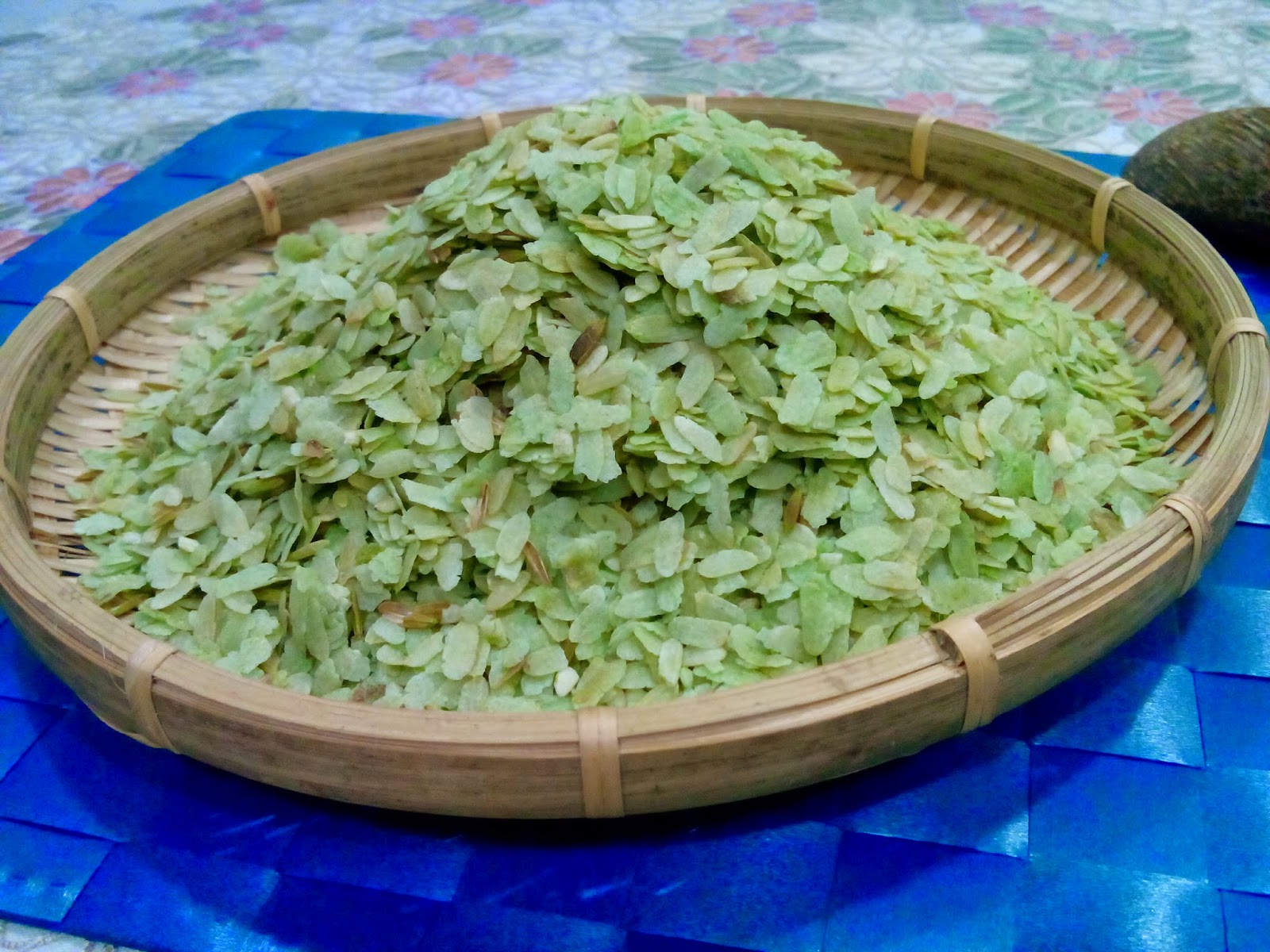
Emping (rice flakes), a traditional snack commonly found in Perlis and Kedah, is made of grain of glutinous paddy that has not matured fully.
The process of turning grain into rice flakes include separating the husk from the rice through heating and pounding the grain using pestle and mortar. Emping is often served with fresh grated coconut, sugar, and a pinch of salt.
It is said that emping can only be enjoyed during the "winter season" of the cold northeast monsoon wind. While it is not readily available everywhere, you can still find it at certain old markets, especially in the northern region of Malaysia.
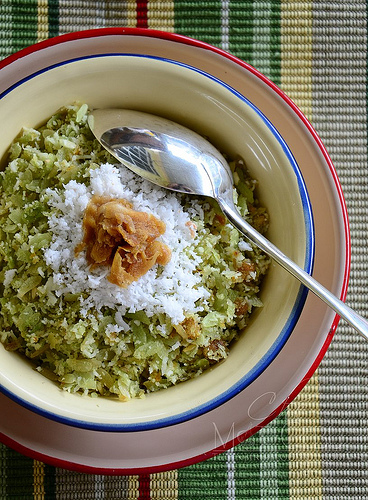
2. Ayam buah keluak
Ayam buah keluak is a classic Peranakan dish made with chicken braised in spicy tamarind gravy and buah keluak (pangium edule).
The usage of buah keluak, also referred to as buah kepayang to some locals, is believed to be linked to Indonesian cuisine, which is slightly different for Peranakan dishes which often have both Hokkien and Malay influence.
While it is a popular dish in Singapore, ayam buah keluak is more obscure to some Malaysians, unless you hail from Melaka or have relatives who are Peranakans.
3. Opok-opok
Opok-opok is a traditional food unique to the people in Terengganu. It is a glutinous rice cracker that is shaped like a pancake and heated over charcoal grill during preparation.
To serve opok-opok, roll it with grated coconut, and some salt and sugar.
It's difficult to find opok-opok nowadays, so if you ever see anyone selling it at pasar malam, it means you're in luck!
4. Kerabu sare
Kerabu sare is a well known dish in the east coast of Malaysia, particularly in Kelantan.
Pronounced as 'Kerabu saghe' in the Kelantese dialect, it is a local favourite where the salad is made primarily using a type of dried seaweed known as sare as the main ingredient.
Sare also means 'sarang' (nest) as the dried seaweed lumped together closely resembles (a) bird's nest.
5. Umai
Umai is a traditional delicacy of the Melanau people. Commonly found in Mukah, Sarawak, the dish is made of raw fish with ginger, chilli, and lime juice.
Locals sometimes refer to it as 'Sarawak sushi' due to the use of raw fish in the dish.
Umai, which is traditionally eaten by fishermen, can be served with a variety of ingredients including asam paya (also called asam payak in Sarawak), a type of fruit that is only found in Southeast Asia.
6. Kebebe
Kebebe is a type of traditional food for the Malay community of Patani descent made of 13 different types of ingredients found in the village more than 200 years ago.
The dish is primarily made of many different types of fruits including buah cermai (Malay gooseberry), buah cedong (cedar fruit), and banana blossoms, mashed with cili padi, salt, and belacan inside a mortar.
Today, kebebe is difficult to find in Malaysia, and is scarcely available in the Lenggong area in Perak.
7. Bubur anak lebah
One could easily mistaken bubur anak lebah as cendol dessert due to the similarities in appearance. Taste-wise, however, bubur anak lebah is often compared to bubur cha cha.
Bubur anak lebah got its name because the main ingredient - rice flour - is shaped to form small lumps which resembles "little bees". The other basic ingredients required to prepare bubur anak lebah include coconut milk, lime, water, gula melaka, and pandan leaves.
Traditionally, the bubur anak lebah is served during thanksgiving ceremonies held for the birth of a newborn child or other major celebratory occasions such as weddings.
8. Halwa maskat
Halwa maskat is one of Malaysia's tastiest treats that has been compared to Turkish delight, which originated from Persia.
A specialty of Penang, it is basically a gelatinous sweet confection made from flour, ghee, and some fruits or nuts.
The process of making halwa maskat requires a lot of patience and can be quite complicated to prepare, although it is said to get easier once you get the hang of it.
9. Linopot
Linopot, a term which means "wrapped tightly" in the Kadazan language, is a traditional Dusun meal.
The mixture of rice with sweet potato, yam, or tapioca, is usually compacted and wrapped using Doringin or leaf from the tarap tree and served with other traditional side dishes.
According to Malay Mail, linopot is only available at certain specialty restaurants, and selected Dusun areas in Sabah during festive occasions.
What are some of your favourite local delicacies and are they still widely available in Malaysia? Share with me in the comments section below!
Source: https://says.com/my






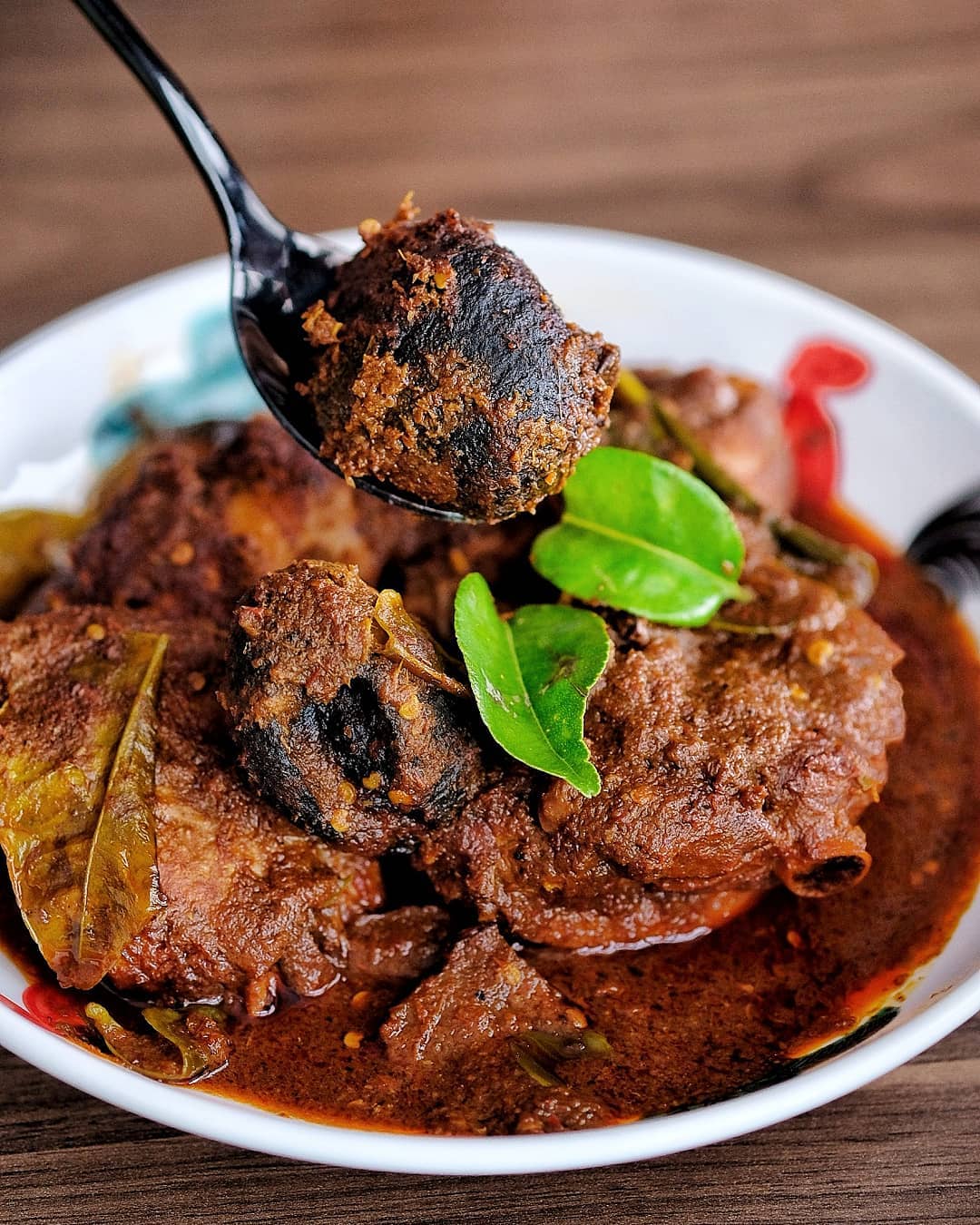
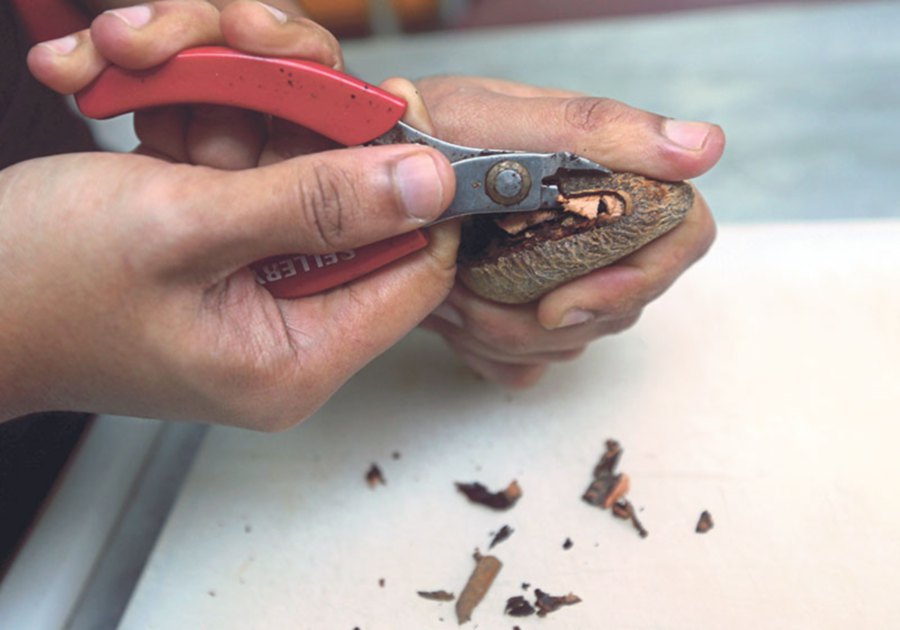
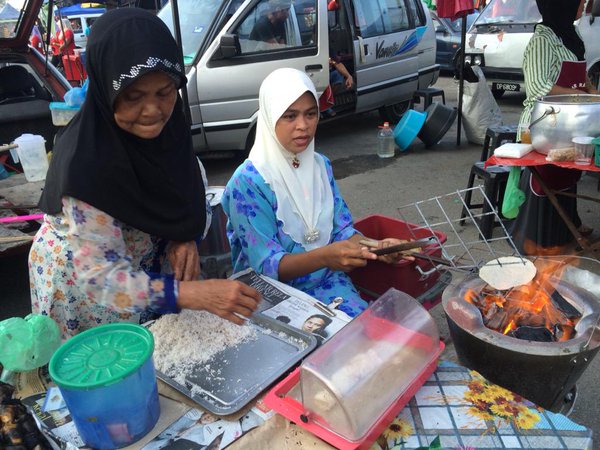

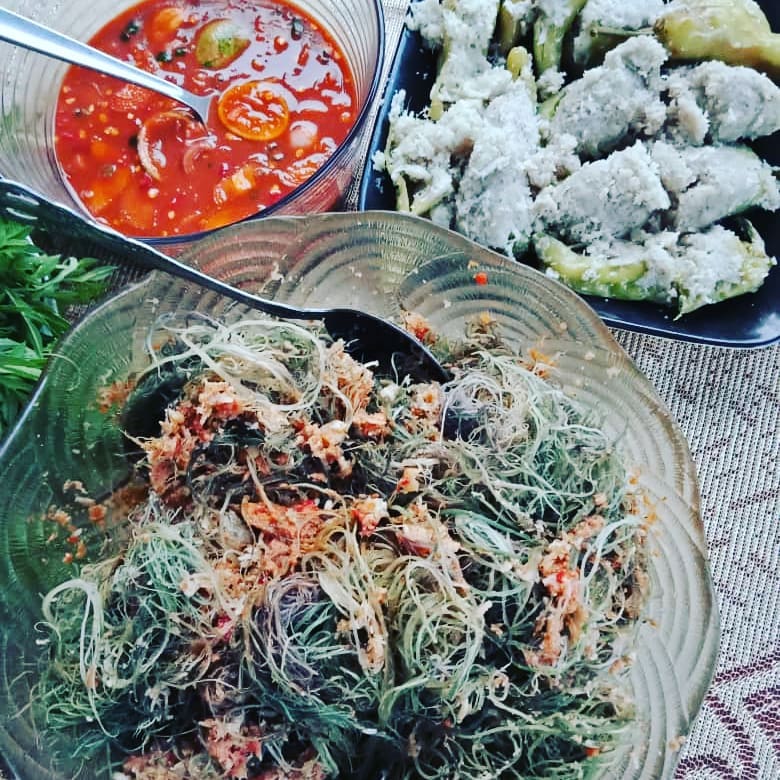
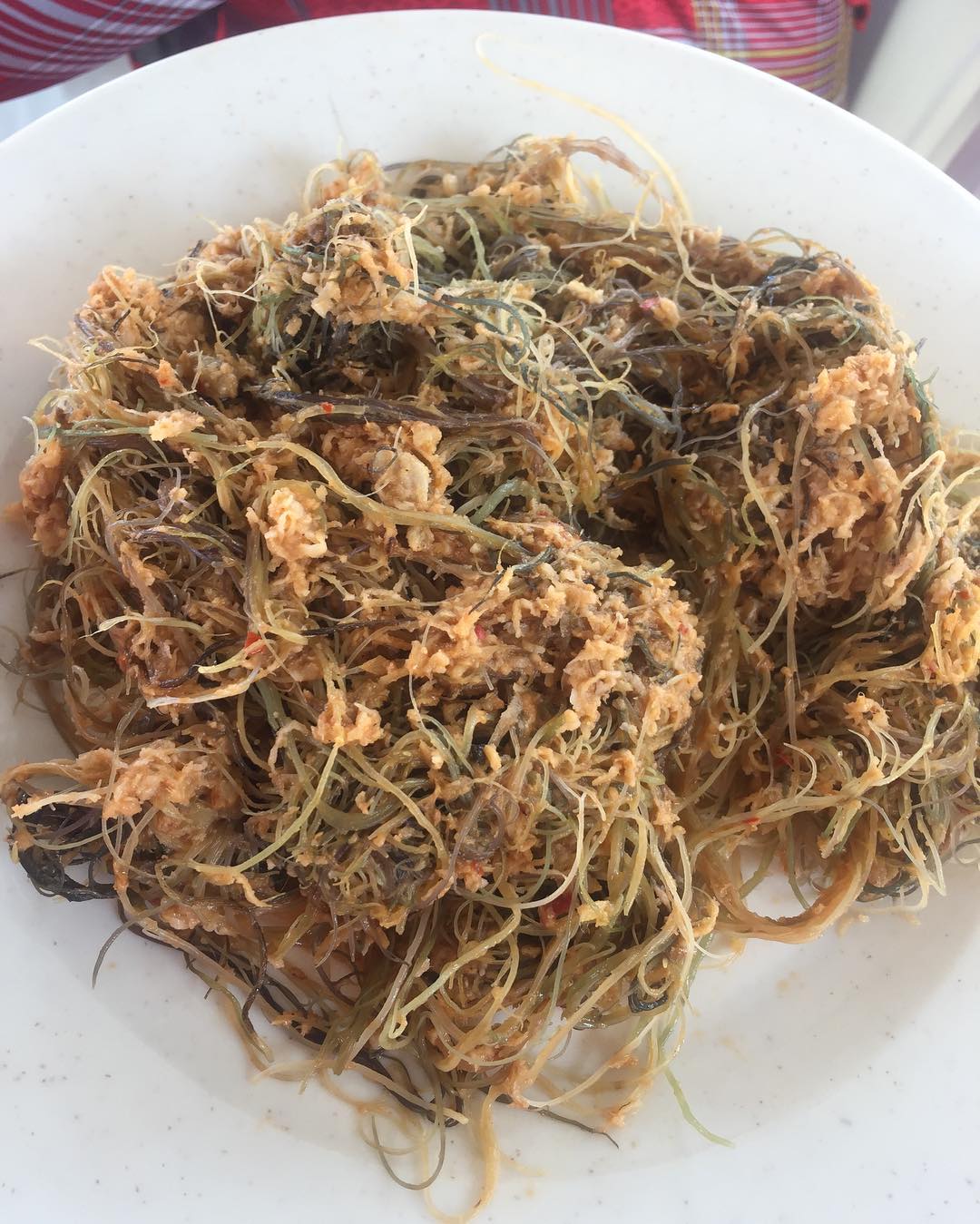
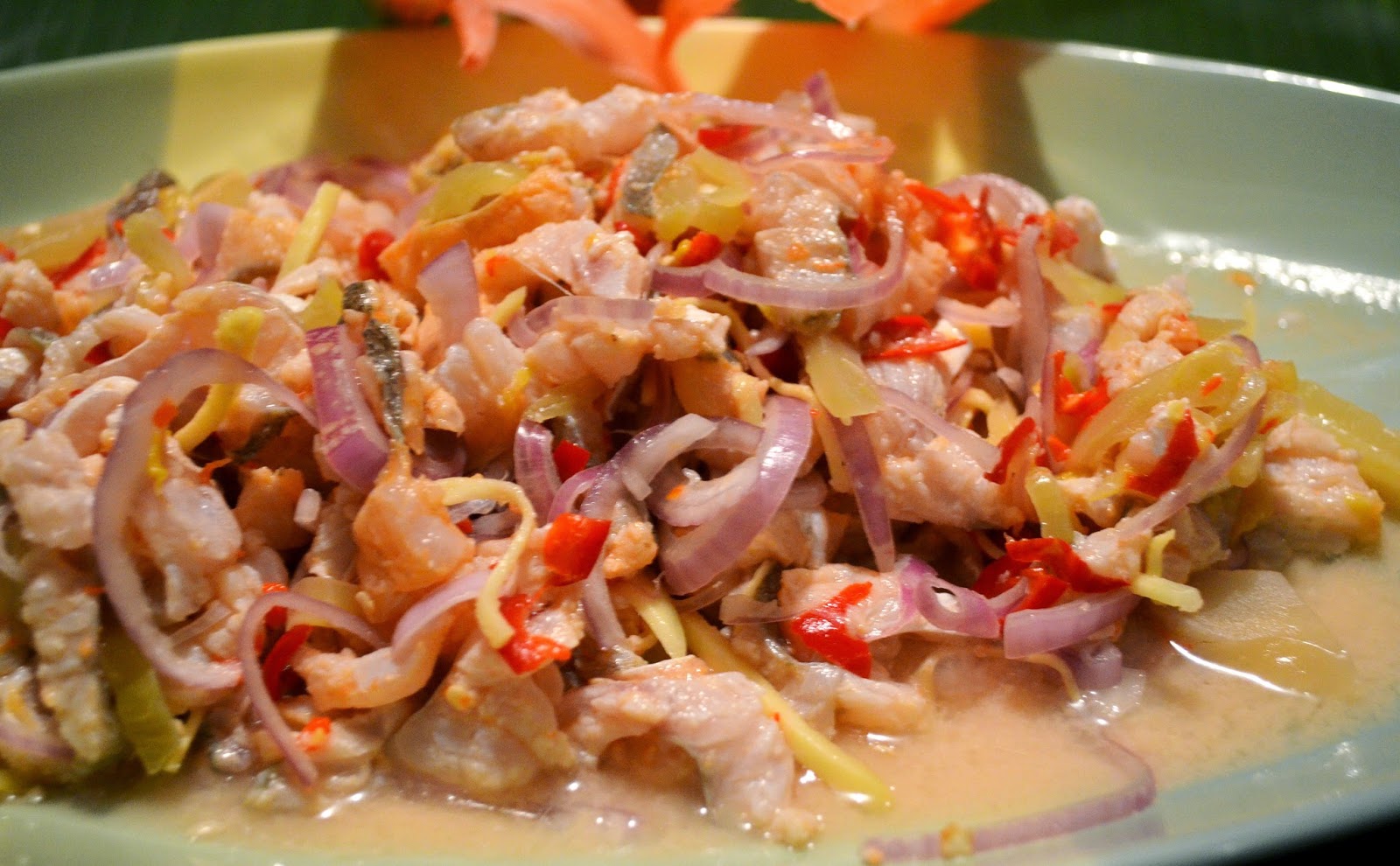
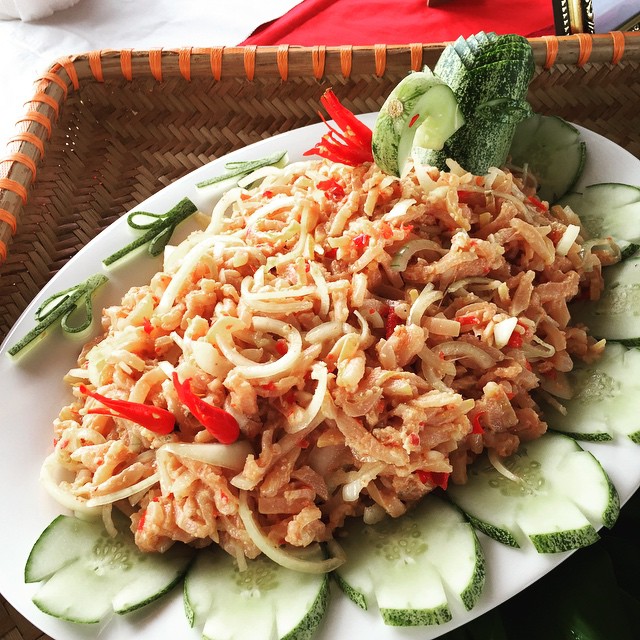

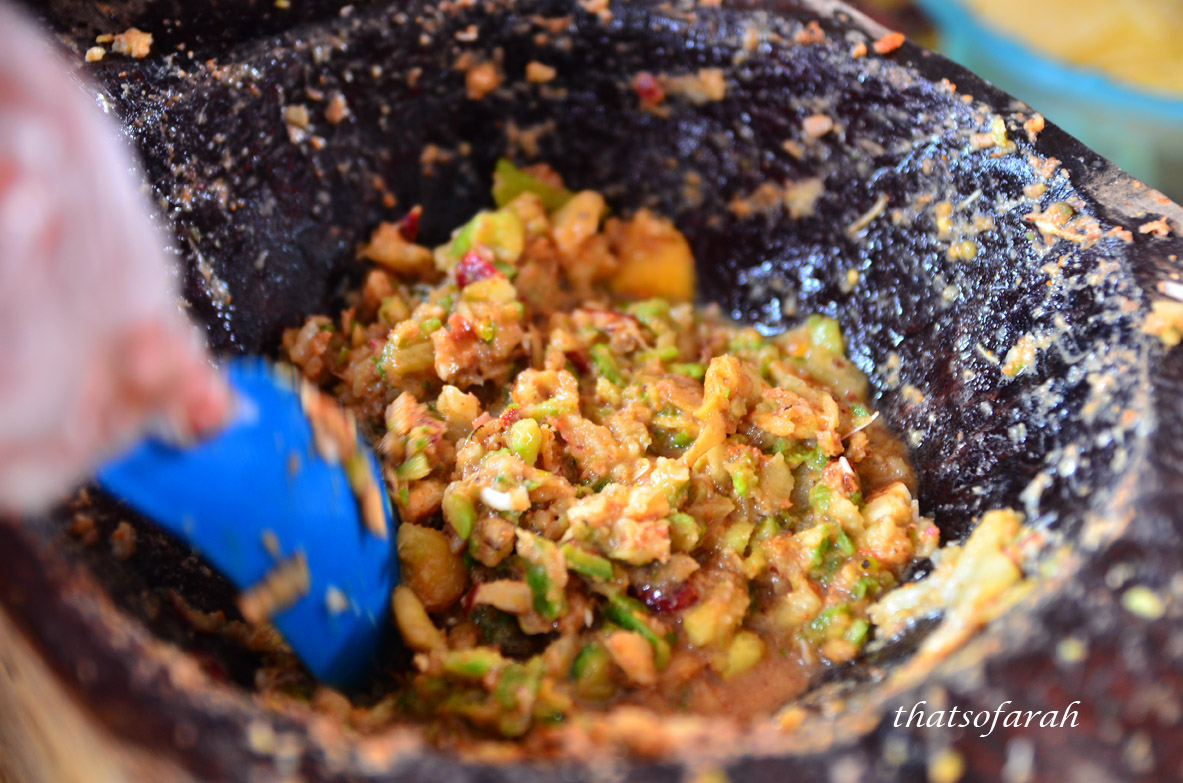
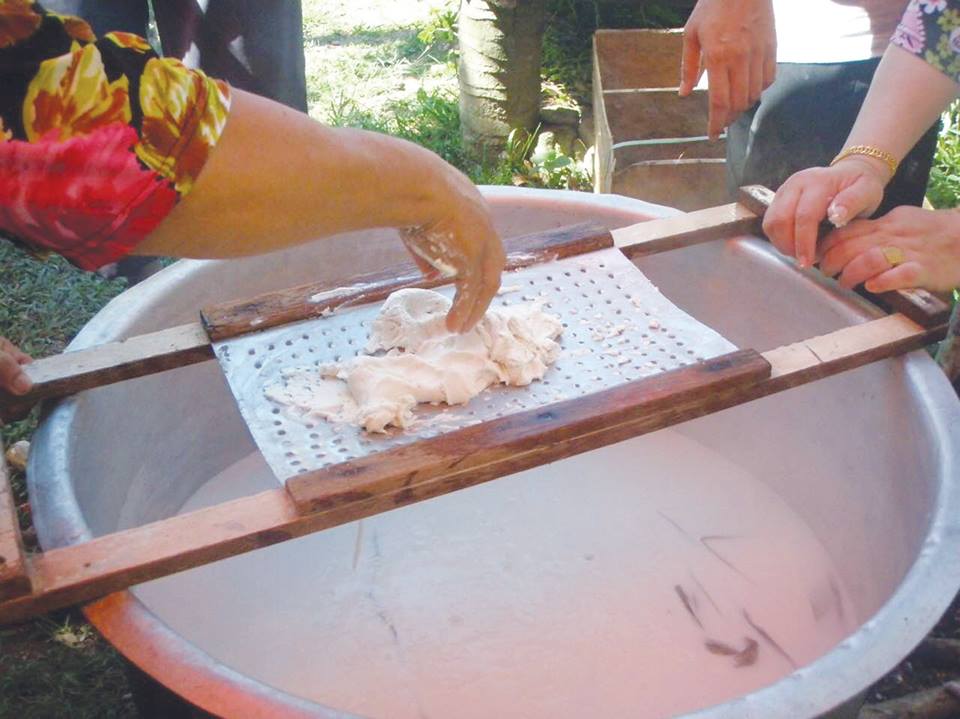
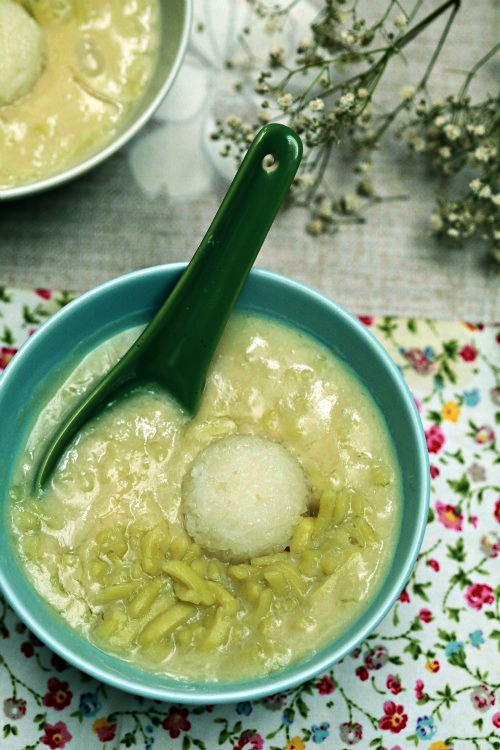

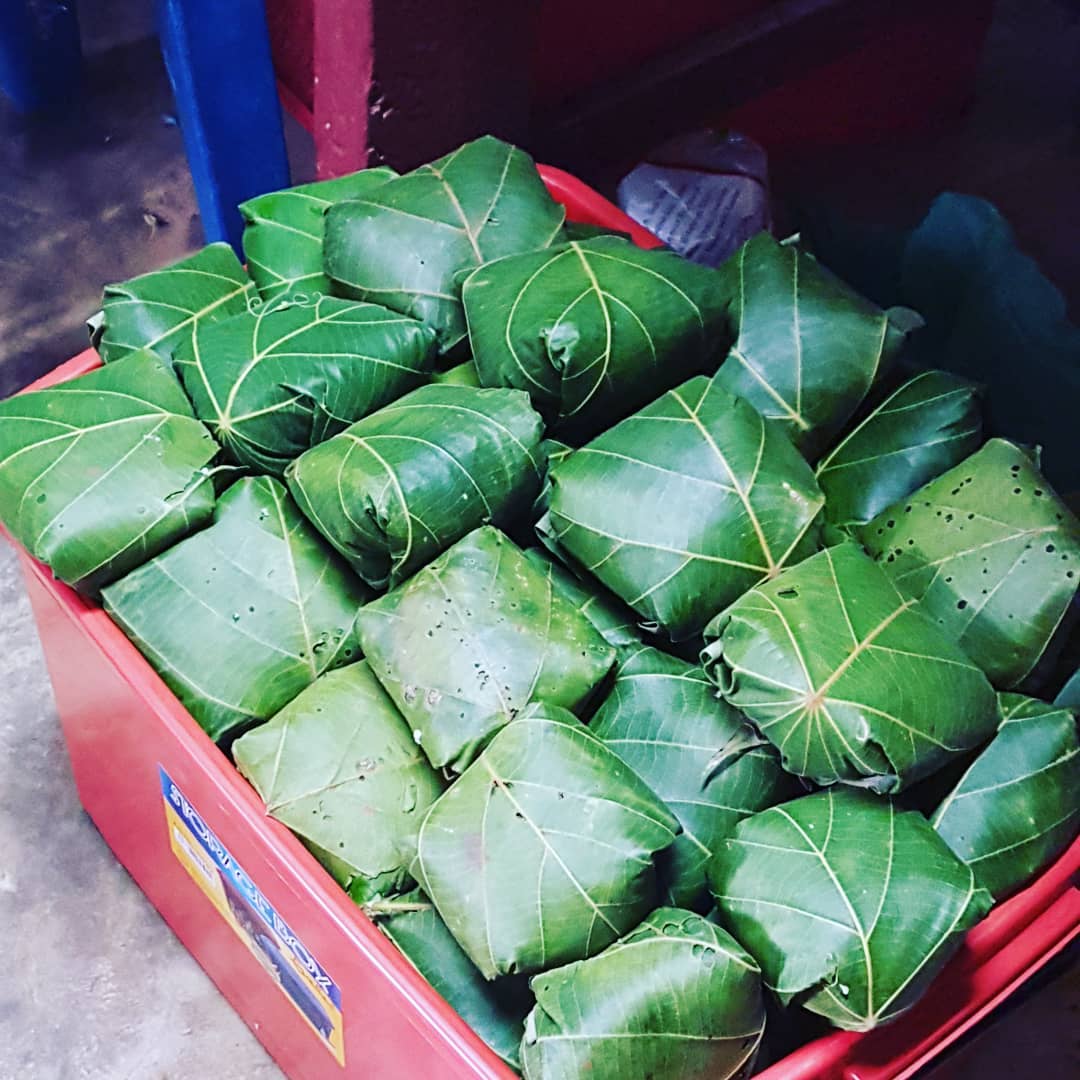
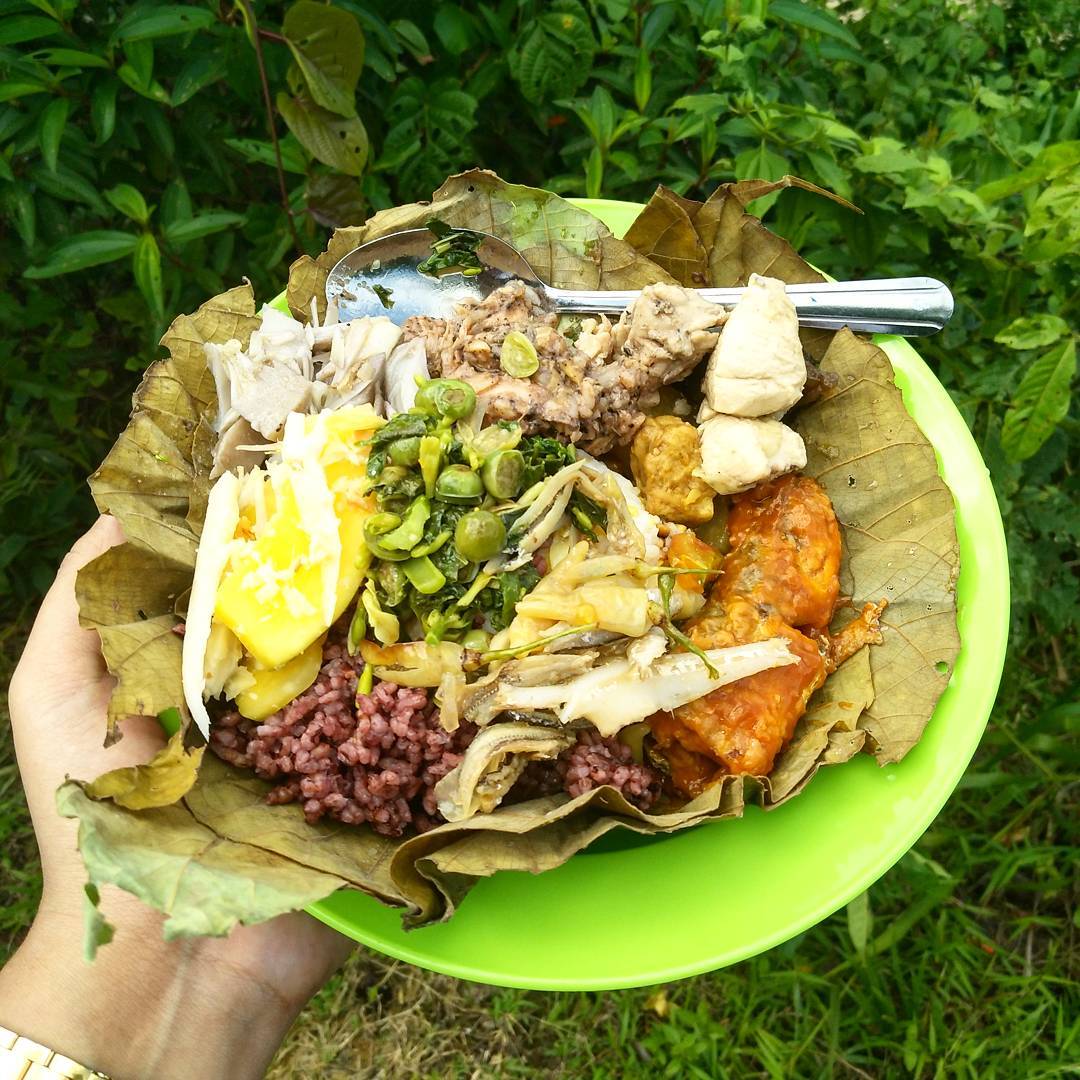


16 Comments
semua best2
ReplyDeleteada yang tk pernah makan..arwah tok suka buat halwa maskat..
ReplyDeletehalwa maskat tu, time opah sy sihat, dia selalu buatkan utk sedara mara yg nk buat kenduri kahwin. then dijadikan goodies. sy plg suka kalau dalam halwa maskat tu ada kacang hangit. lg lemak dan sedapppppp
ReplyDeletekami orang kedah sendiri pun dah lama tak jumpa emping wey. rinduuuuuuuuuuuuu
ReplyDeleteto be honest..
ReplyDeletenot really familiar with the food u listed except for linopot and umai, di Sabah masih banyak berjual tu hehe and btw linopot tu kalau d Kota Belud biasa panggil laru' hehe arwah ayah sy dulu selalu buat..fav tu
baru je tengok live buah keluak depan mata masa food review menu peranakan baba nyonya kat satu resort hari tu...unik gila, nampak macam biji batu aje..rupanya dalam tua ada sesuatu yang berharga dalam dunia masakan..
ReplyDeleteumai tu febret adik bongsu...kita orang melanau jugak, tapi dari bintulu, sarawak...hihihi
lagi satu rasanya, minyak engkabang...musim buahnya hanya keluar sekali dalam enam tahun
My favourite desserts is puding buih
ReplyDeletesemua pelik2 ni..memang rare la
ReplyDeletesaya tau halwa maskat je sebab mak stiap kali raya mesti dia buat. yang lain haremm taktahu hahaha
ReplyDeletesaya tahu emping je, tu pon dah lama benar tak jumpa. yang baki2 tu semua tak pernah jumpa hehe... Btw nice sharing, diversity and variety in Malaysia makes our culture unique.
ReplyDeleteBanyak yang tak pernah makan. huhu
ReplyDeleteAda makanan yang first time sarie tau kewujudannya huhuhuhu
ReplyDeleteayam buah keluak mama x penah makan lagi.. sedap x
ReplyDeleteHalwa tu PC pernah makan sekali..sedap juga..tapi susah nak jumpa.
ReplyDeleteOk....from this list, I'm only familiar with emping, umai and halwa maskat. 30% only....fail! Markah gagal nih 😂
ReplyDeleterasanya pernah makan kerabu sarang tu....hehe lain tak pernah...
ReplyDeleteThanks for leaving your comment. Please come again. I will visit your blog soon.